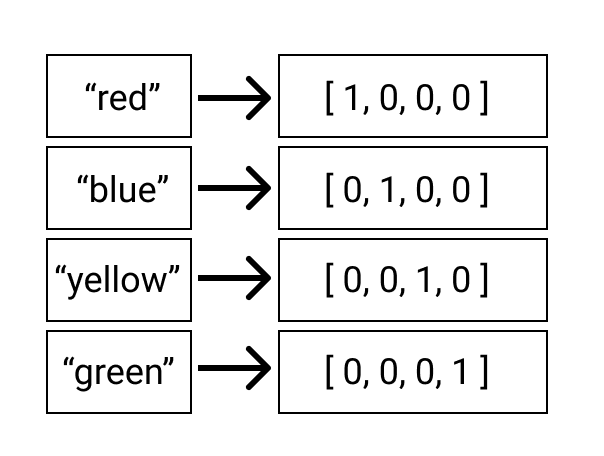Spice.ai v0.5-alpha
We are excited to announce the release of Spice.ai v0.5-alpha! 🥇
Highlights include a new learning algorithm called "Soft Actor-Critic" (SAC), fixes to the behavior of spice upgrade, and a more consistent authoring experience for reward functions.
If you are new to Spice.ai, check out the getting started guide and star spiceai/spiceai on GitHub.
Highlights in v0.5-alpha
Soft Actor-Critic (Discrete) (SAC) Learning Algorithm
The addition of the Soft Actor-Critic (Discrete) (SAC) learning algorithm is a significant improvement to the power of the AI engine. It is not set as the default algorithm yet, so to start using it pass the --learning-algorithm sacd parameter to spice train. We'd love to get your feedback on how its working!
Consistent reward authoring experience
With the addition of the reward function files that allow you to edit your reward function in a Python file, the behavior of starting a new training session by editing the reward function code was lost. With this release, that behavior is restored.
In addition, there is a breaking change to the variables used to access the observation state and interpretations. This change was made to better reflect the purpose of the variables and make them easier to work with in Python
| Previous (Type) | New (Type) |
|---|---|
prev_state (SimpleNamespace) | current_state (dict) |
prev_state.interpretations (list) | current_state_interpretations (list) |
new_state (SimpleNamespace) | next_state (dict) |
new_state.interpretations (list) | next_state_interpretations (list) |
Improved spice upgrade behavior
The Spice.ai CLI will no longer recommend "upgrading" to an older version. An issue was also fixed where trying to upgrade the Spice.ai CLI using spice upgrade on Linux would return an error.
New in this release
- Adds a new learning algorithm called "Soft-Actor Critic" (SAC).
- Updates the reward function parameters for the YAML code blocks from
prev_stateandnew_statetocurrent_stateandnext_stateto be consistent with the reward function files. - Fixes an issue where editing a reward functions file would not automatically trigger training.
- Fixes the normalization of values for the Deep-Q Learning algorithm to handle larger values.
- Fixes an issue where the Spice.ai CLI would not upgrade on Linux with the
spice upgradecommand. - Fixes an issue where the Spice.ai CLI would recommend an "upgrade" to an older version.
Resources
Community
Spice.ai started with the vision to make AI easy for developers. We are building Spice.ai in the open and with the community. Reach out on Discord or by email to get involved. We will also be starting a community call series soon!
- Discord: https://discord.gg/kZnTfneP5u
- Reddit: https://www.reddit.com/r/spiceai
- Twitter: @spice_ai
- Email: [email protected]

 Figure 1. Normalizing Bitcoin price data.
Figure 1. Normalizing Bitcoin price data. Figure 2. A visualization of one-hot encoding.
Figure 2. A visualization of one-hot encoding. A screenshot of the data visualization preview
A screenshot of the data visualization preview A screenshot of the new spice pods list command and output.
A screenshot of the new spice pods list command and output.